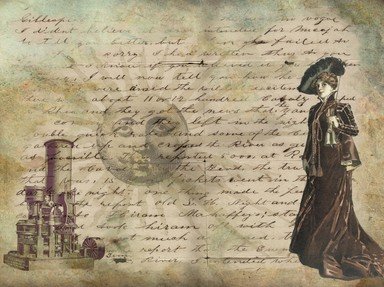Quiz Answer Key and Fun Facts
1. Though an icon of the Romantic period, his works are in some ways the least romantic of the group. He favored traditional forms over new innovations; he preferred satire to introspection; and in "English Bards and Scotch Reviewers," he ridiculed his fellow Romantics as being inferior to the neoclassical poets.
2. Though she wrote during the Romantic period, she is usually classified as a "Regency" writer. Her works do not generally exhibit the viewpoint of the Romantics; indeed, she has even been called anti-romantic, because she seemed to value sense more than sensibility.
3. This author perfected the historical novel, but s/he always wanted to be known as a poet.
4. This forerunner of the Romantics regard himself as something of a prophet; he created his own mythology, which is expressed in such works as "Jerusalem" and "The Four Zoas."
5. This early or pre-Romantic writer is as well known for his Scottish songs as for his poems.
6. We know him best as a writer of supernatural poetry; but in his own day, he was better known for his religious prose.
7. Robert Browning criticized this Romantic for abandoning his ideals and becoming conservative, all so that he might, in Browning's opinion, receive "a riband to stick in his coat."
8. This romantic writer used "Elia" for a pseudonym. He was unusual among the Romantics in his preference for the city over the country.
9. He died of tuberculosis at the age of 25, but not before leaving an impressive body of poems, including "To Autumn" and "Ode on Melancholy."
10. She was a proponent of a woman's right to be educated. Her daughter must have received a suitable education, because she (the daughter) wrote "Frankenstein."
11. This author of "To a Skylark" died by drowning.
12. Technically, he wrote during the Victorian period, but his work is considered to be a product of "American Romanticism." He himself was once an idealist who spent time in a Utopian commune. He lost hope in the power of social reformation, however, and his "Blithedale Romance" depicts a character so intent on reforming humanity, that he does not seem to care for individual men and women.
13. This American Romantic once said, "I stand for the heart. To the dogs with the head!"
14. Byron wrote: "And the might of the Gentile, unsmote by the sword, / Hath melted like snow in the glance of the Lord!" In what poem did these lines appear?
15. This foundational work of the Romantic Period was published by William Wordsworth and Samuel Taylor Coleridge.
Source: Author
skylarb
This quiz was reviewed by FunTrivia editor
bullymom before going online.
Any errors found in FunTrivia content are routinely corrected through our feedback system.

